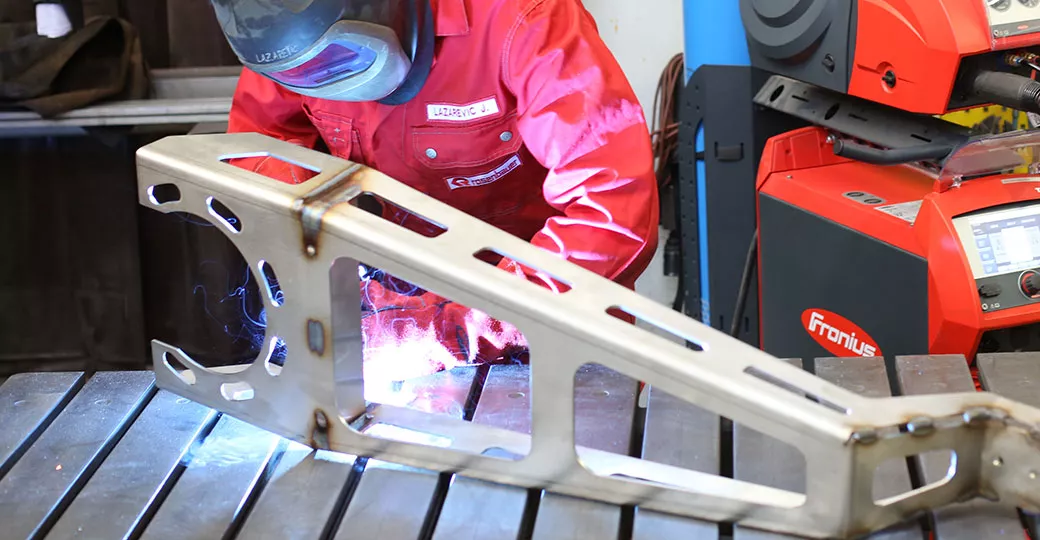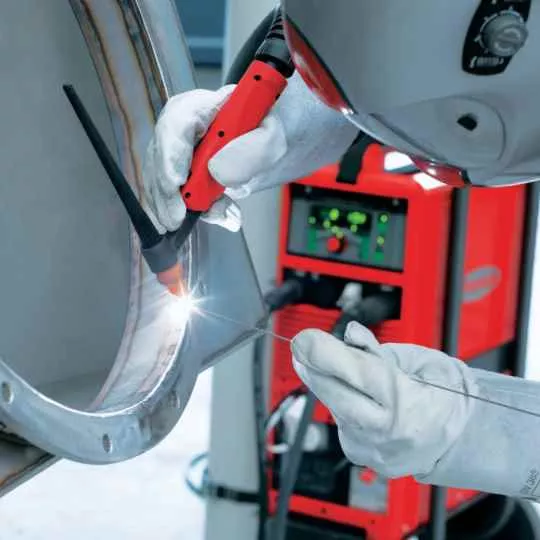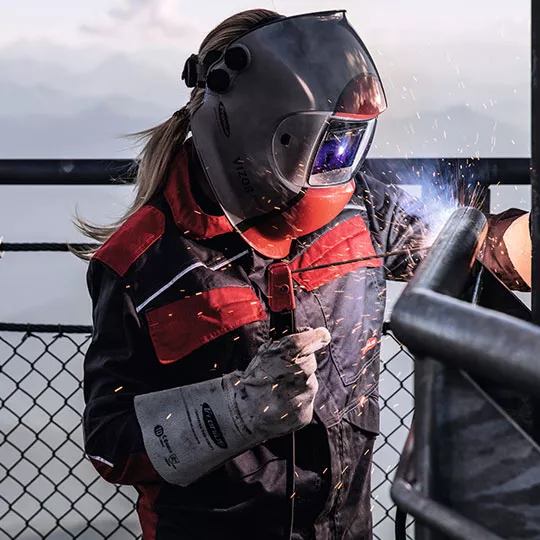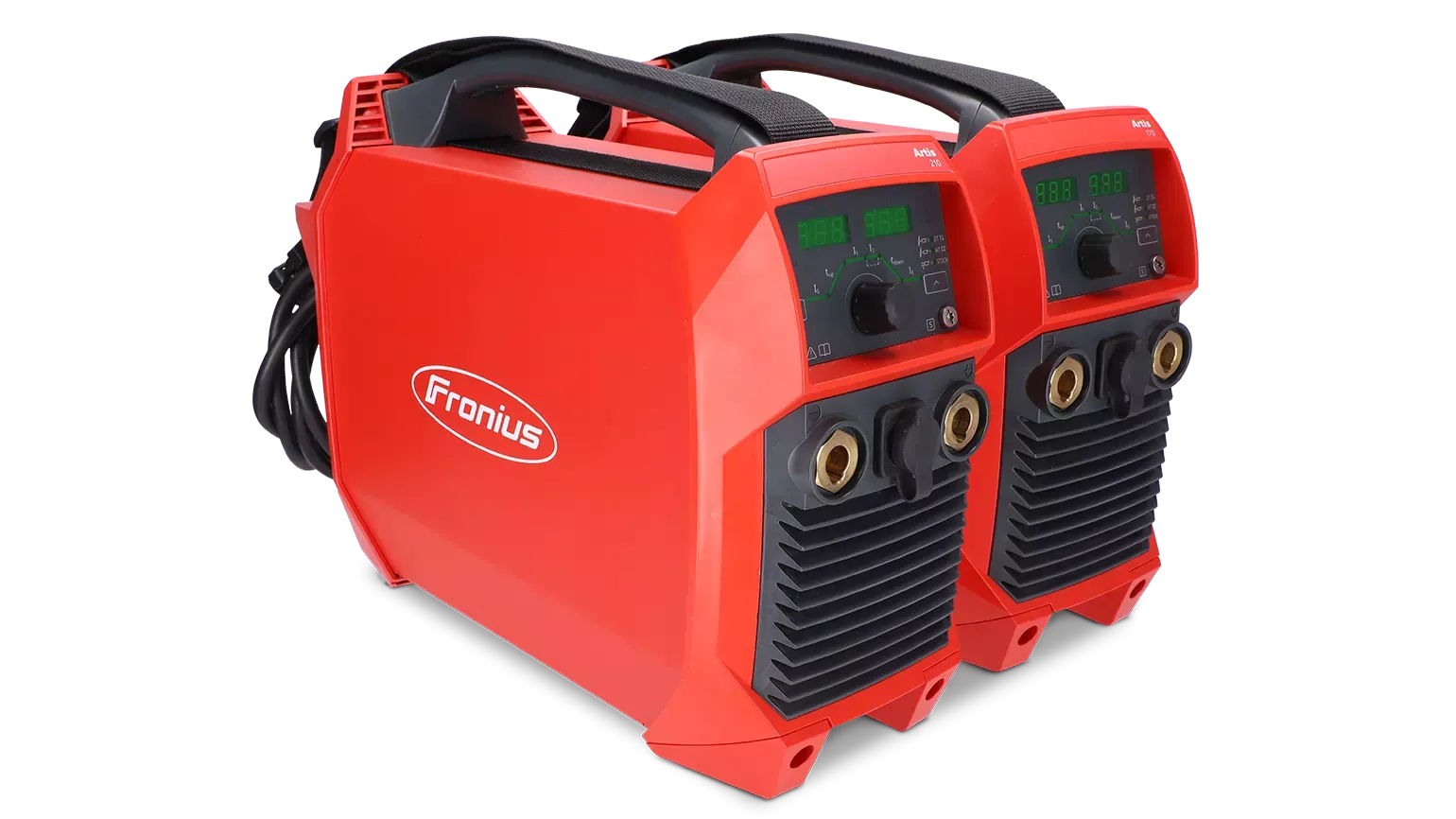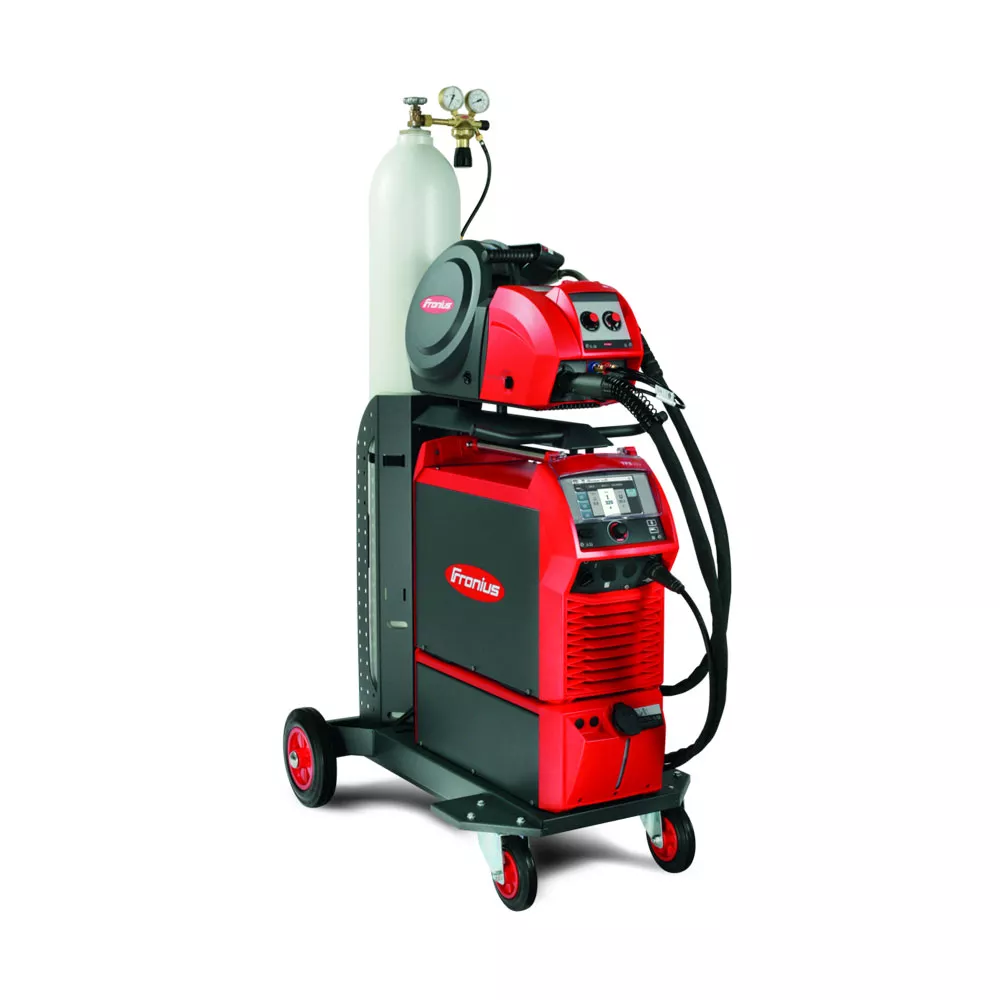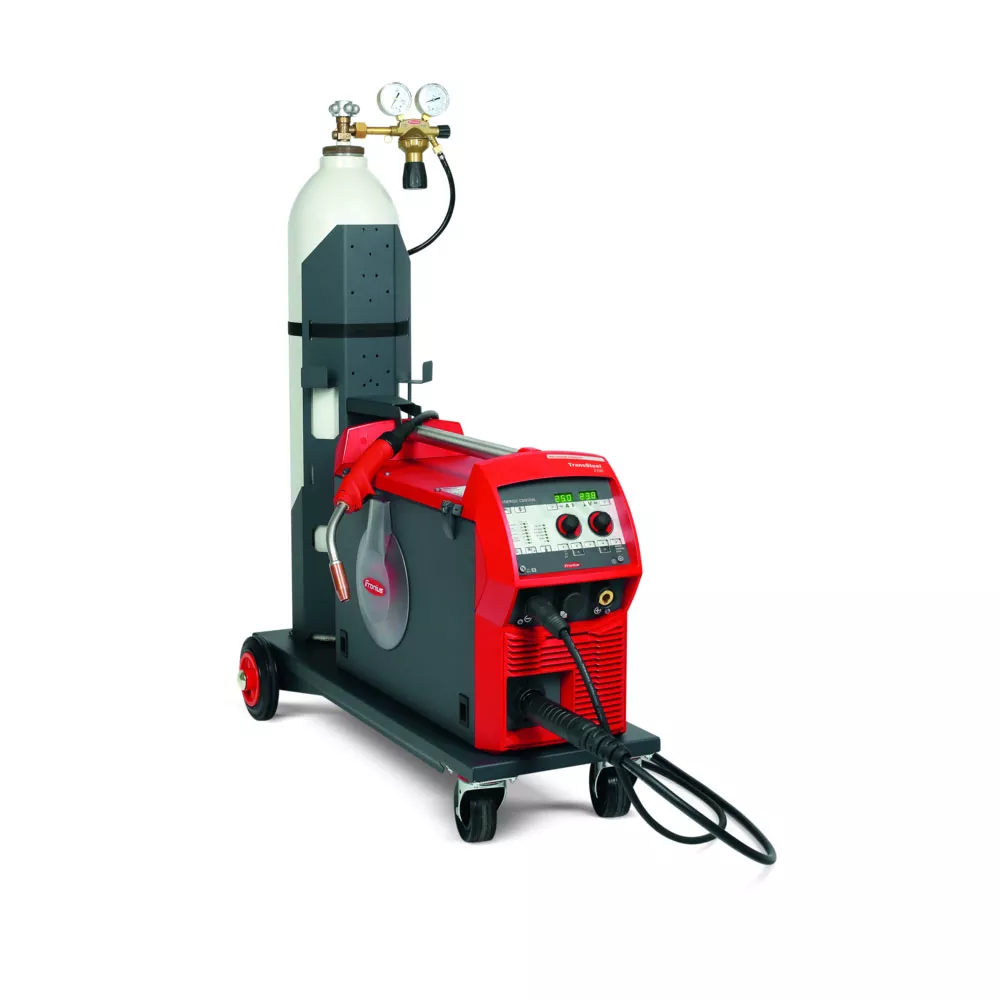Stainless Steel Welding
It’s the mixture that matters

Challenge of stainless steel welding
The welding of stainless steel requires good material knowledge, because the many different alloys and steel types also have varied weld properties. The aim is to maintain the positive properties of the material even after the welding process.
Interesting facts about stainless steel
The purest form of steel
Stainless steel is the term used for alloyed and unalloyed steels with a particularly high level of purity. The proportion of sulfur and phosphorus, the elements accompanying the iron, is below 0.025%. Stainless steel does not have to be rust-proof, but in daily life the term rust-free steel is generally only used to refer to stainless steel.
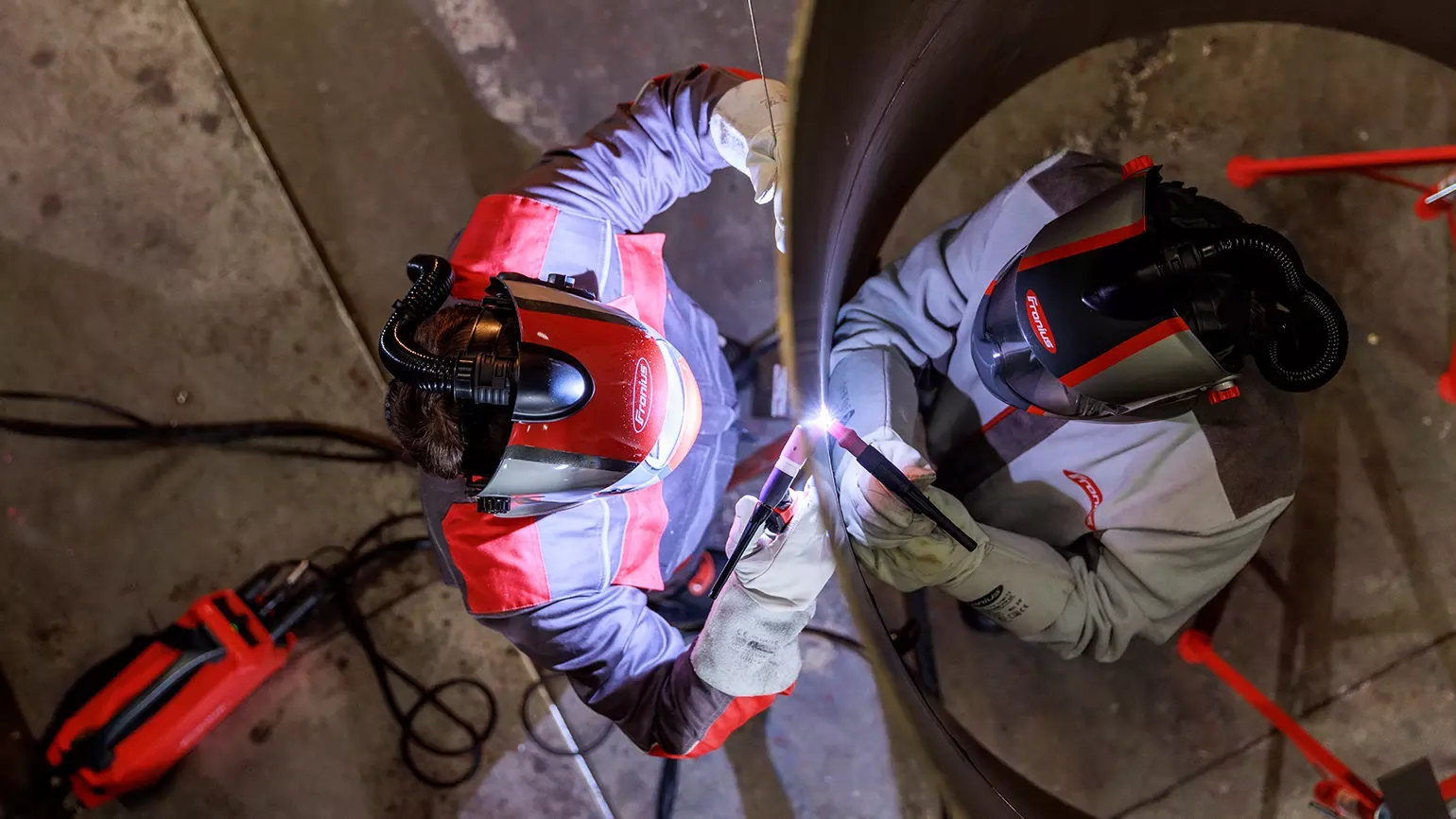
Alloys
The most common alloy elements in stainless steel are chromium, nickel, molybdenum, titanium, niobium, vanadium and cobalt. From a minimum content of 12% chromium, stainless steel becomes resistant. On the surface, a thin layer of chromium oxide forms due to the influence of oxygen. This protects the steel beneath it from other chemical influences.
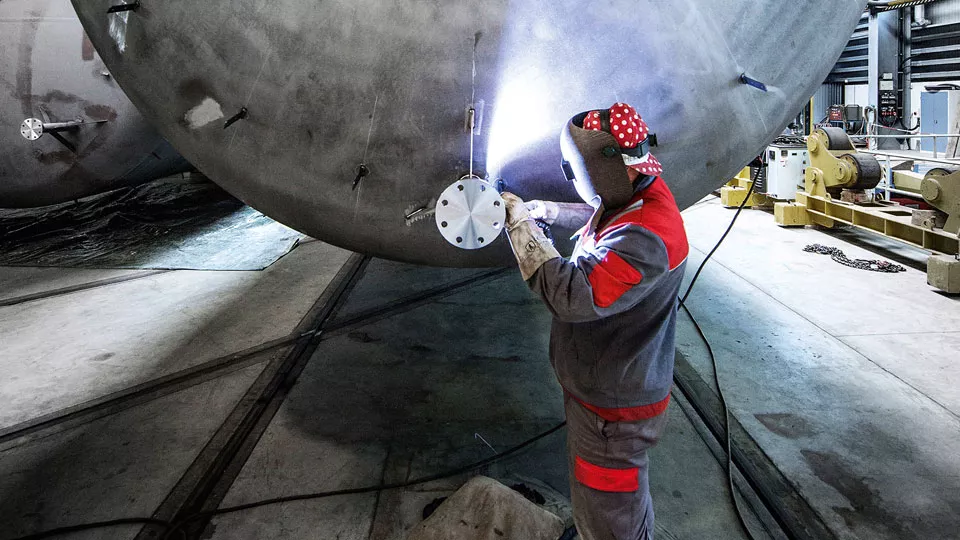
What types of steel are there?
A differentiation is made between several types of steel according to the components of their structure:
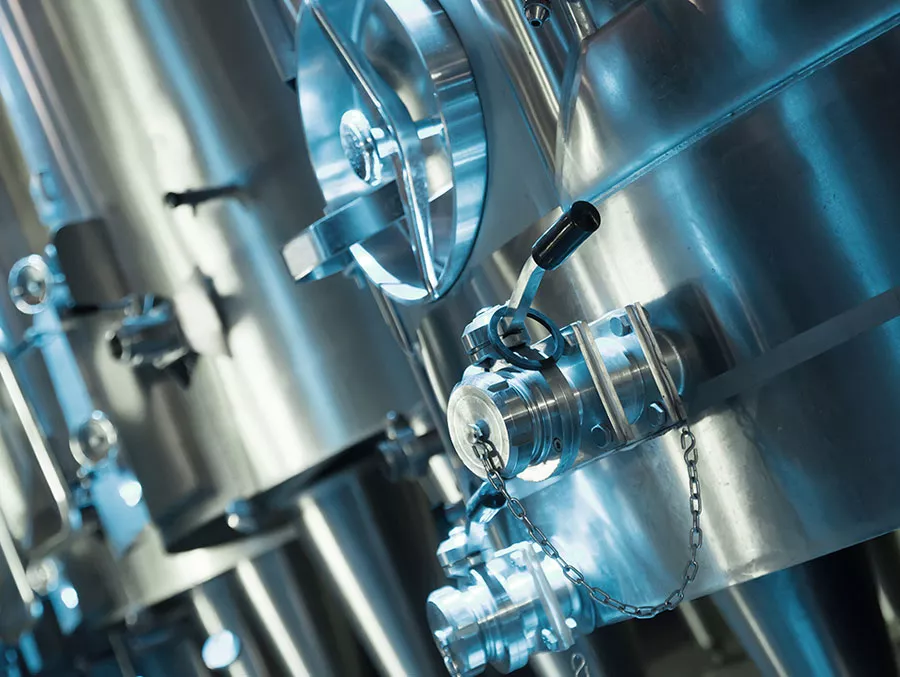
Austenitic steels
These steels are also known as chrome-nickel steels (CrNi steels) and have a nickel content of more than 8%. They offer good mechanical properties, are resistant to corrosion and acid and can be processed easily. They are mainly used in aggressive environmental conditions, such as in the chemical or food industry.
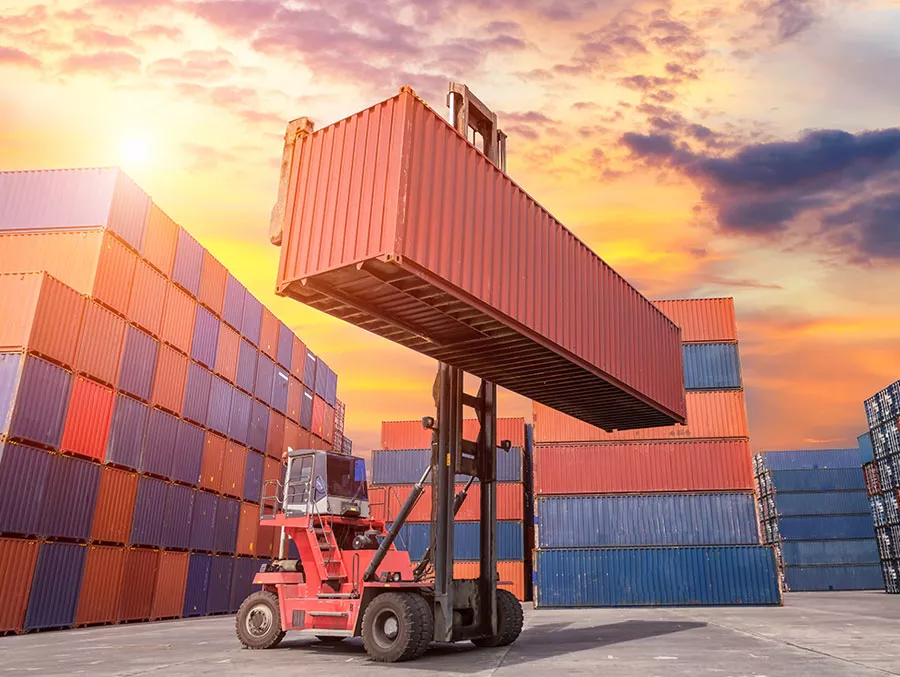
Ferritic steels
There are two types of ferritic steels. Their chrome content is either between 11 and 13% or around 17%. The former are only referred to as “corrosion-inert” due to their lower chrome content. They are used whenever a long service life and safety are important, while the optical appearance is less significant. Examples include container, wagon and vehicle construction.
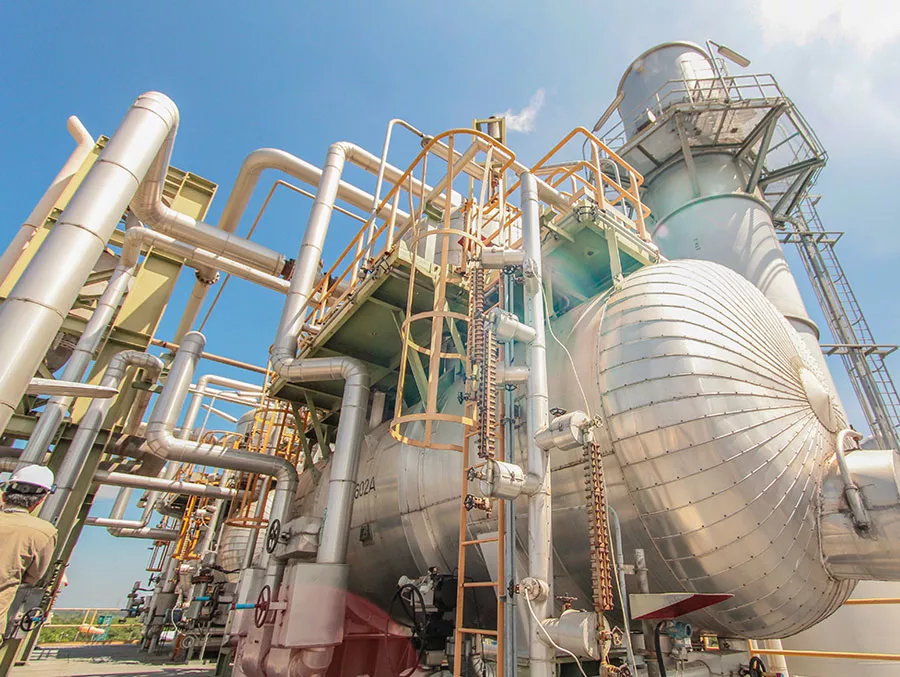
Ferritic austenitic steels (duplex steel)
Due to having both ferrite and austenite structure components, these stainless steels are often also called duplex steels. They combine two particularly good properties: increased strength as rust-free chrome-nickel steel and increased ductility and formability as rust-free chromium steel. Due to its high resistance to surface corrosion, duplex steel is mainly used in the chemical and petrochemical industry, as well as in offshore projects.
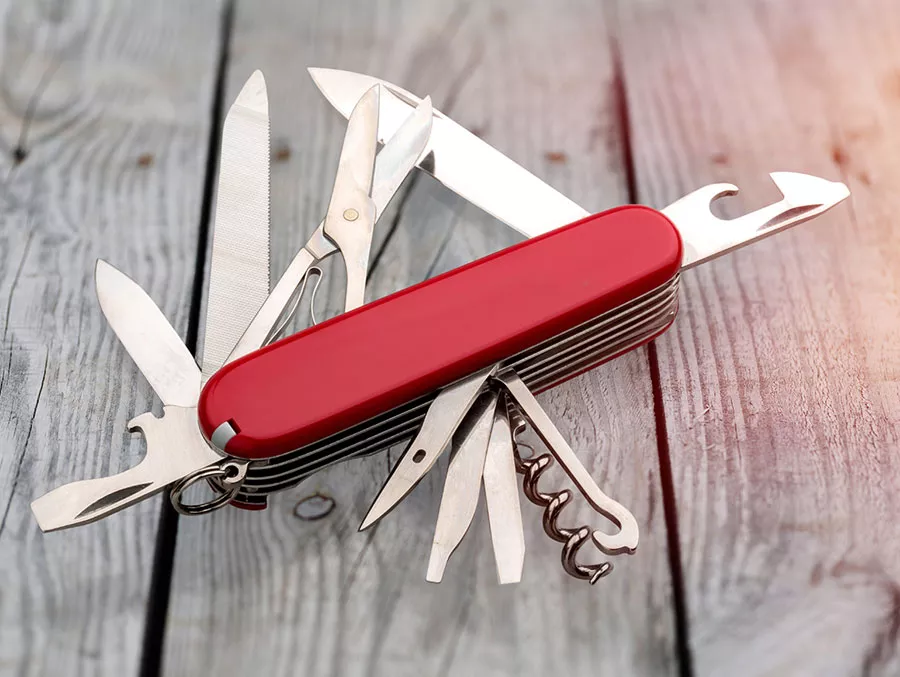
Martensitic steels
These stainless steels have a chrome content of 12–18% and a carbon content of over 0.1%. They can be tempered by heating and quickly cooling, and have a high strength that increases as the carbon content rises. They are used, for example, in the production of razor blades, knives and scissors. However, they are less corrosion resistant than other stainless steels.
What needs to be considered during stainless steel welding?
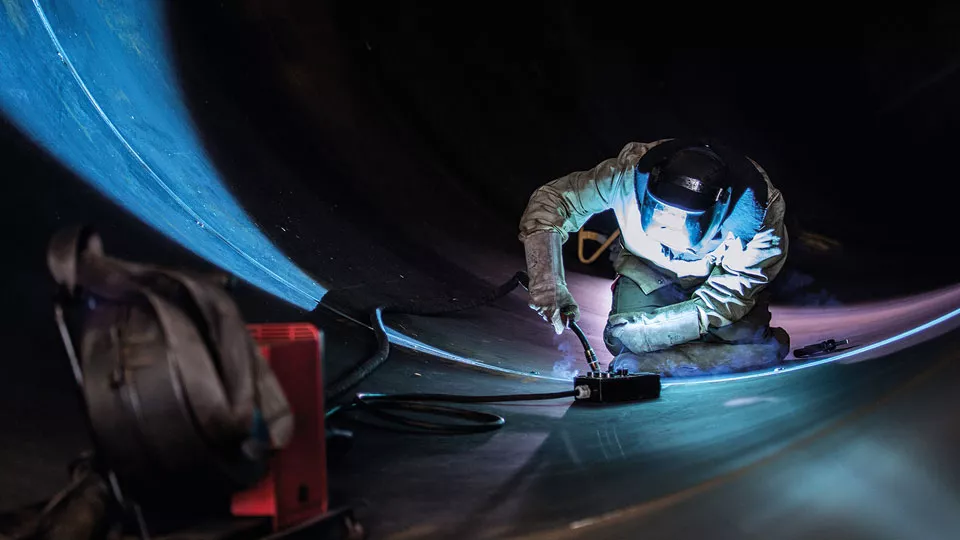
Welding processes for stainless steel




